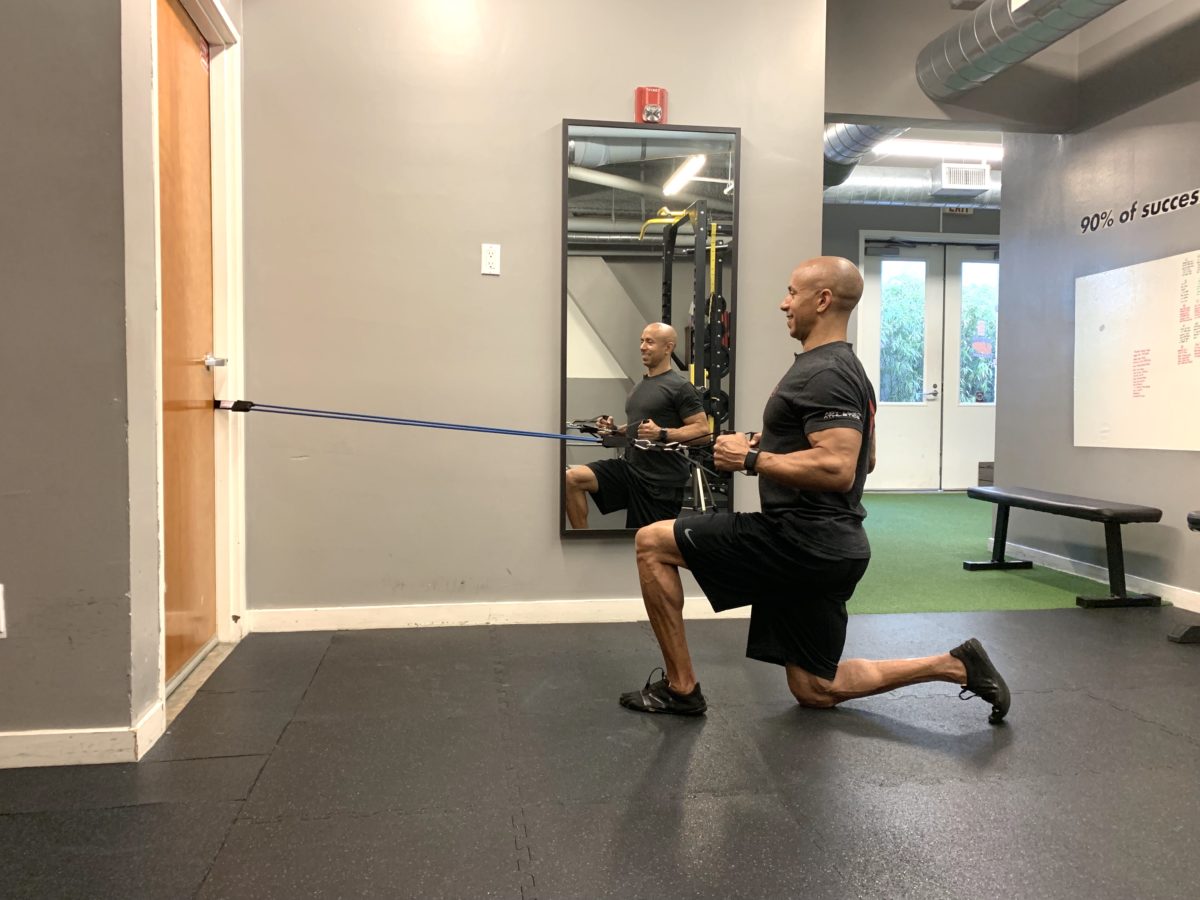Asymmetry – “a lack of equality or equivalence between parts or aspects of something; lack of symmetry.”
As an athlete, the chances are high that you have an asymmetry, or two or three, somewhere in your body.
This lack of equality between your left and right sides, or front (anterior) and back (posterior) can show up in a number of ways.
Common indicators can be found in your:
- Posture
- Strength
- Muscle Volume
- Range of motion (ROM)
- Quality of fundamental movements
- Rate of force development (i.e. speed and power)
Some of your asymmetries may show up in a way that works to your benefit. And still allow you perform at a high level over a period of time.
Usain Bolt, the fastest man on the planet, exemplifies this, as he has test results that show significant asymmetry. Yet it’s hard to prove that they’ve slowed him down.
But there are other asymmetries that either may not yet show how they’re working against you. Or they may have already noticeably diminished your performance and/or caused injury.
Unfortunately, there are many examples of this in athletes at every level. The depth and impact of their asymmetry doesn’t hit home until after they’ve become injured. And their careers cut short.
So unless you’re looking for it, you’re unlikely to know it’s there. And how it’s affecting you.
Without knowing it, you may be building strength on top of a shaky foundation. And you end up reinforcing compensations every time you condition yourself.
I’m not saying that asymmetries are the sole cause of poor performance and injury. That was likely due to fatigue during training or competition. And fatigue magnifies the gap in any existing asymmetries, and increases your vulnerability.
The solution to the issue is simple:
- Improve any asymmetries to narrow the gap(s) with the right set of exercises and volume assignment.
- Train your body without reaching a level of fatigue that would magnify your asymmetries. That means having self-awareness and knowing that proper recovery is essential.
Now it’s up to you to follow these six steps that will help you become a better athlete, and reduce your risk for injury.
- Discover your movement quality with a functional screen.
- Note any deficiencies and asymmetries as your baseline.
- Create and follow a daily plan that helps improve/correct any areas of concern. And manage your body in a way that doesn’t allow ‘normal’ gaps to get bigger.
- Remeasure every six weeks to note progress.
- Make any necessary adjustments to your plan.
- Rinse and repeat.
There’s it in a nutshell.
But we’re going to crack it together and get to the delicious center that is your longevity. So you can become an Athlete For Life.
To help get you there, I’ll be releasing Module Two of SARM next week. This one focuses on the Lumbo-Pelvic Hip. And it takes you through all the steps that I mentioned above. Watch for my email announcing the launch of the program.
Until then, stay athletic!
Your coach,
Adam

